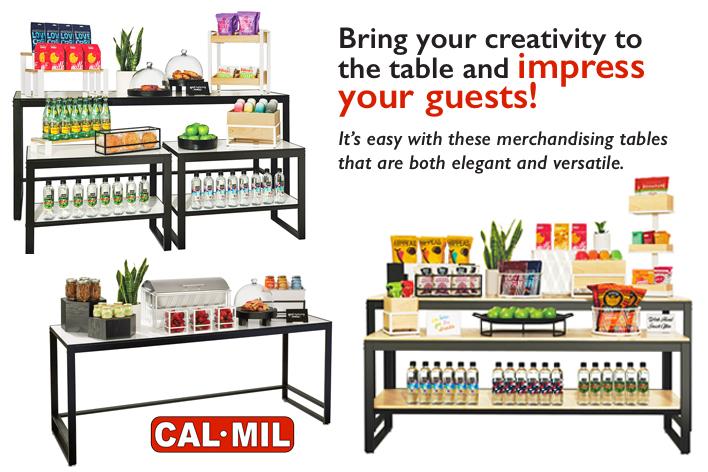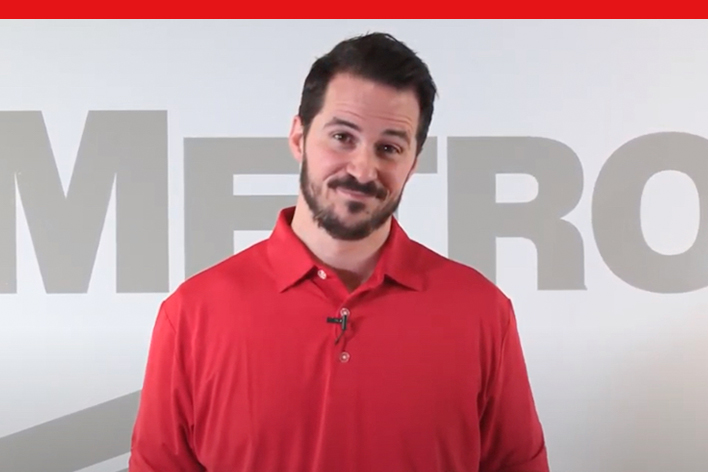By: Kim Lorang
COVID-19 has significantly changed the restaurant industry and has pushed a concept that was only beginning to become mainstream prior to the pandemic into the spotlight- ghost kitchens (also referred to as dark kitchens).
In a study completed by Upserve, 60% of U.S consumers say they order takeout or delivery once per week. About half of those consumers say they use third-party delivery services at least twice per week.

Simply put, a ghost kitchen is a restaurant model that offers delivery only. There is no seating area or counter to place orders at, and the only foot traffic comes from delivery drivers and employees.
Not all ghost kitchens are created equal! Three distinct models have emerged:
Virtual Brand Ghost Kitchens
This is a great option for someone who has dreamed of starting a restaurant but does not want to run a full-blown brick-and-mortar location. A virtual brand is a type of restaurant that lives only online, offering food via delivery only.
Back-of-House Ghost Kitchens
In some instances, existing restaurants set up areas within their kitchens to fulfill delivery orders exclusively. Chipotle recently adapted this model, creating a separate line to make items ordered online. Other restaurants are taking a slightly different approach, choosing to use their existing kitchen to fulfill delivery-only orders for a sister brand. This allows restaurant owners to effectively run two completely different operations out of one brick-and-mortar location.
Rented Ghost Kitchens
Another popular option is the rented commissary ghost kitchen. In this model, restaurants can rent out space in a kitchen that they would use to operate their delivery-only business. Typically, other restaurants would be renting out areas in the same space. Kitchen United is an excellent example of this; customers can place one online order from multiple restaurants operating out of the same kitchen.

Why Choose a Ghost Kitchen Model?
Dabble in Different Areas– Operating out of a ghost kitchen allows owners to run very different brands from one place. Focusing on a particular kind of food category enables that brand to rise alongside other brands. For example, a brand that sells sushi, burgers, and pasta might seem strange but break that into three brands that specialize in knockout menu items, and they each have room to grow and move to the top of the pack for their particular market!
Decreased Cost– A ghost kitchen is significantly less expensive as a brick-and-mortar restaurant to open, especially if you plan to run several brands out of one location. This allows you to save big on equipment and space, in addition to not having to think about all of the overhead costs that go along with running an in-person dining operation. From labor to utilities to inventory, you’ll spend a fraction of the money on a ghost kitchen you would spend running a successful in-person establishment.
Trial Runs– A ghost kitchen is a great option for a restaurant owner that wants to test out their concept before investing in a brick-and-mortar restaurant.
Increased Market Share– The owner of a ghost kitchen could easily run multiple brands from one location, making it easier to dominate a specific category. Perhaps there are currently four pizza parlors in the area; a ghost kitchen owner could create three different brands that sell pizzas. Now, they have added three new restaurants to order from, increasing the chances one of their brands will be picked without spending extra time, effort, or capital running three physical locations.
Flexibility– Ghost kitchens make it easy for owners to pivot to capitalize on current trends and demand quickly.

While operating a location out of a ghost kitchen can be a wonderful option for some restaurant owners, some challenges should be considered before committing to this business model.
Location, location, location– If you are known for a particular dish, customers will come from far and wide to have a taste! A cozy cafe located in a bustling downtown shopping area will always be buzzing with walk-in traffic. With a delivery-only model, foot traffic is not an option, and you are significantly limiting the area you can serve to a specific delivery radius.
Third-Party Costs– Recently, a lot of attention has been given to the percentages third-party delivery services charge restaurants. In some instances, restaurants reported services charging them almost 65% to deliver their food items. If you’re considering this model, be sure to research what various delivery platforms would charge!
Fewer Chances to Create a Great Experience– It can be difficult to give customers knockout customer service in a delivery-only model, as your interaction with customers is little to none. In addition, ensuring quality is much harder to do for delivered food items vs. items served to guests in house.
Interested in learning more about how to start a ghost kitchen? Learn seven critical steps you must take to start a ghost kitchen here!
Learn more about takeout and delivery in these Kitchen Biz articles:
Carryout Tips for Restaurants Navigating COVID-19




